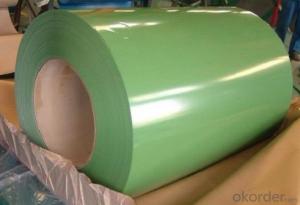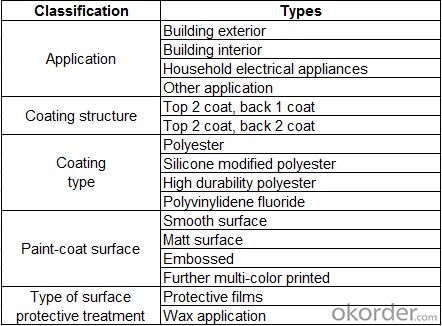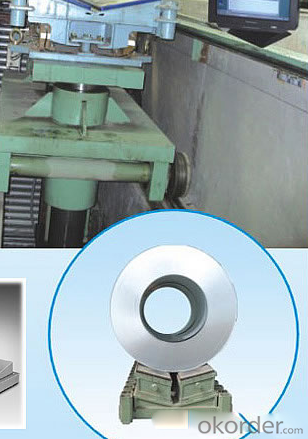Quick Details
Standard: AISI, ASTM, BS, DIN, GB, JIS
Grade: DX51D,S250GD
Thickness: 0.13-1.2mm
Brand Name: CJC STEEL
Type: Steel Coil, Diamond Embossed Or As Samples
Technique: Cold Rolled
Surface Treatment: Coated
Application: Building,Roofing
Width: 600-1250mm
Length: As Required
Top Paining: 10-20mic
Back Painting: 5-10mic
Zinc Coating: 50-275GSM
Color: RAL Standard
Coil Weight: 3-10tons
Price: Competitive between 0.13-0.70mm
Quality: Best Quality In Shandong
Service: Immediately&Professional
Packaging & Delivery
Packaging Details: Export Standard Packing Delivery Detail: Within 30days in China After Confirmed the Deposit Or L/C Specifications
Embossed Prepainted Galvanized Stee Coil
1) Grade:CGCC/CGCD
2) Zinc Coating:50-275GSM
3) Thickness: 0.13-0.70mm
4)CW:3-10ton
































